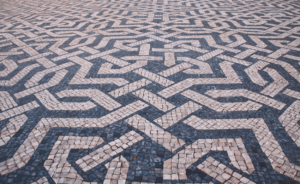‘The question is not whether another major earthquake will take place but when.’
On January 15 at 11.15 am, the population of Arraiolos – some 120 km east of Lisbon – was startled by an earthquake with a magnitude of 4.9 on the Richter scale. There were no casualties and the damage was limited to a few cracks.
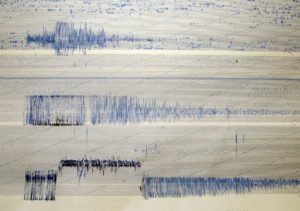 ‘This earthquake can be considered as moderately severe’, says Fernando Carrilho, chief seismologist at the IPMA (Portuguese Institute of the Sea and Atmosphere). ‘People shouldn’t worry too much as the southern part of the country has always been seismic active.’
‘This earthquake can be considered as moderately severe’, says Fernando Carrilho, chief seismologist at the IPMA (Portuguese Institute of the Sea and Atmosphere). ‘People shouldn’t worry too much as the southern part of the country has always been seismic active.’
‘It has to do with earth crust activity, where 2 tectonic plates are pushing against each other over the last thousands of years’, explains Pedro Cunha, a geologist at the University of Coimbra. ‘The African plate moves to the northwest and lifts the Iberian plate, that is moving to the east. So, the question is not whether a major earthquake will take place but when. Unfortunately, nobody can – despite all our sophisticated measuring devices – predict the latter.’
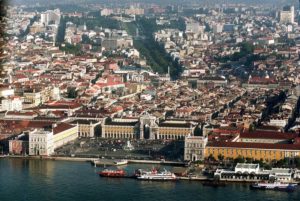 ‘Preventive measures are warranted’, especially in the densely populated areas in the south – like Lisbon and the Algarve – that are most at risk’, says Daniel Oliveira, a civil engineer at the University of Minho. ‘Although a law from 1958 requires earthquake-proof construction, most buildings in the historic capital date from before that time and there is hardly any monitoring of the implementation of the law.’
‘Preventive measures are warranted’, especially in the densely populated areas in the south – like Lisbon and the Algarve – that are most at risk’, says Daniel Oliveira, a civil engineer at the University of Minho. ‘Although a law from 1958 requires earthquake-proof construction, most buildings in the historic capital date from before that time and there is hardly any monitoring of the implementation of the law.’
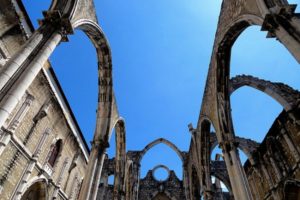 Over the past 500 years, Portugal has suffered four major earthquakes – in 1531, 1755, 1909 and 1969 – with a magnitude of 6 or more on the Richter scale. The biggest and by far most tragic one was in 1755. With a magnitude of 9 on the Richter scale, it developed apocalyptic proportions and completely wiped out the lower part of the capital. This earthquake (terramoto) inspired poets, influenced philosophers, activated prophets and motivated politicians – like the Marquis of Pombal – to a completely new architectural reconstruction of the Baixa, Lisbon’s city center.
Over the past 500 years, Portugal has suffered four major earthquakes – in 1531, 1755, 1909 and 1969 – with a magnitude of 6 or more on the Richter scale. The biggest and by far most tragic one was in 1755. With a magnitude of 9 on the Richter scale, it developed apocalyptic proportions and completely wiped out the lower part of the capital. This earthquake (terramoto) inspired poets, influenced philosophers, activated prophets and motivated politicians – like the Marquis of Pombal – to a completely new architectural reconstruction of the Baixa, Lisbon’s city center.
The last severe earthquake was in 1969. Although it had a force of 7.9, the damage was limited as its epicenter was 250 km away from Lisbon. ‘The bigger the distance, the less harm’, says Maria Baptista of the Geophysical Center at the University of Lisbon.
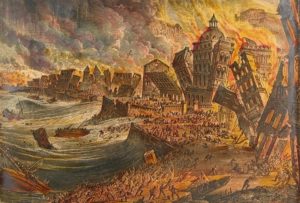
In memory of Portugal’s main natural disaster, the City Council has recently approved plans to build – in collaboration with the private company Turicultur ( Tourism and Culture in Portugal) – within two years an earthquake museum (Museu do Terramoto) in Belem.
Bom fim de semana Have a great weekend
